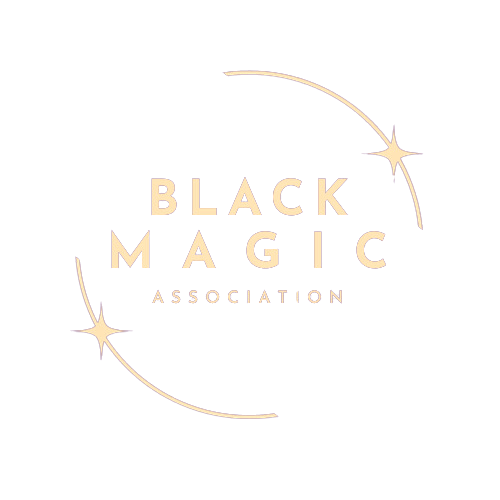
Dance/movement Therapy FAQs
What is dance/movement therapy?
The American Dance Therapy Association (ADTA) defines dance/movement therapy as the psychotherapeutic use of movement to promote emotional, social, cognitive and physical integration of the individual.
How do you become a dance/movement therapist (DMT)?
Dance/movement therapists must obtain a master’s degree through a traditional program through an accredited university or through alternate route process. Alternate route allows individuals who already have a master’s degree or are currently obtaining one, to take required dance/movement therapy courses to complete training. DMTs can then obtain their R-DMT and BC-DMT credentials. For more info, visit ADTA.org.
Where do DMTs work?
DMTs work in any type of setting where mental health services are provided. This can include psychiatric hospitals, medical hospitals, schools, drug and alcohol treatment facility, detention centers or prisons, or schools. Many DMTs work in private practice. DMTs may obtain additional licenses such as, LPC, LCAT, etc. or become certified in other specialties such as TFCBT, ABA, etc.
How can I find a Black DMT?
You can find a Black DMT by reaching out to us via Contact Us. You can also search on the ADTA website or other mental health directories.
